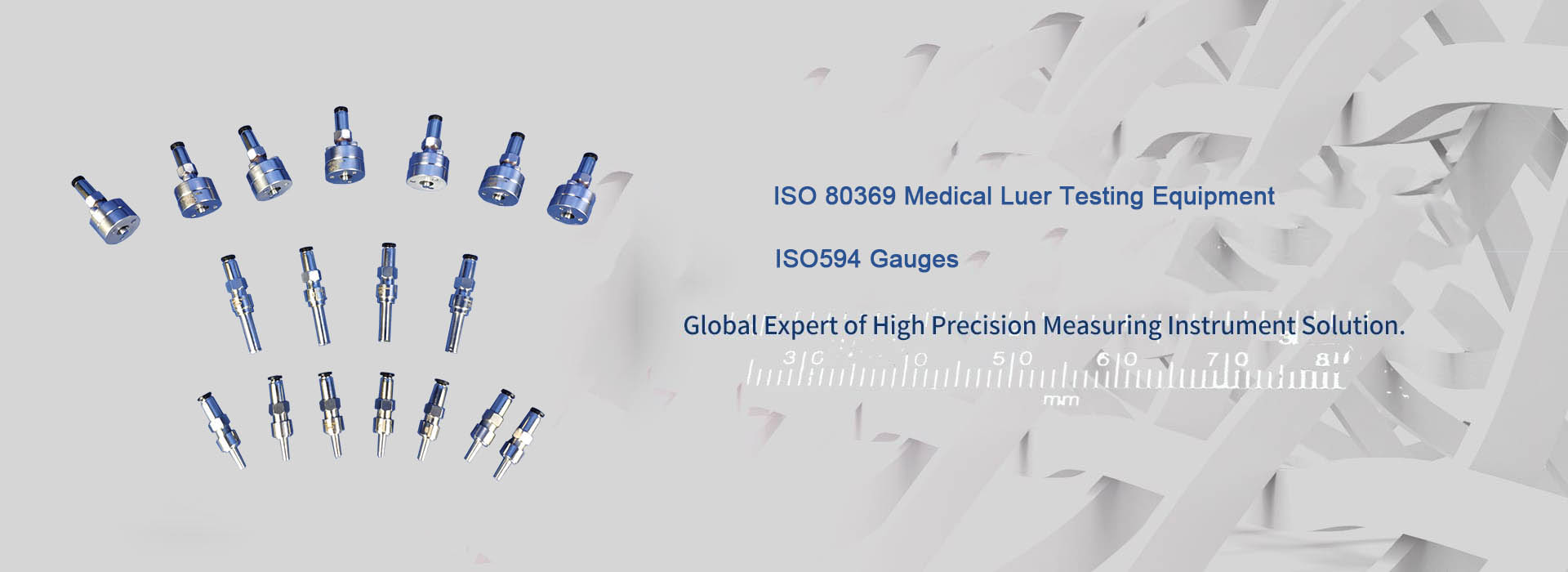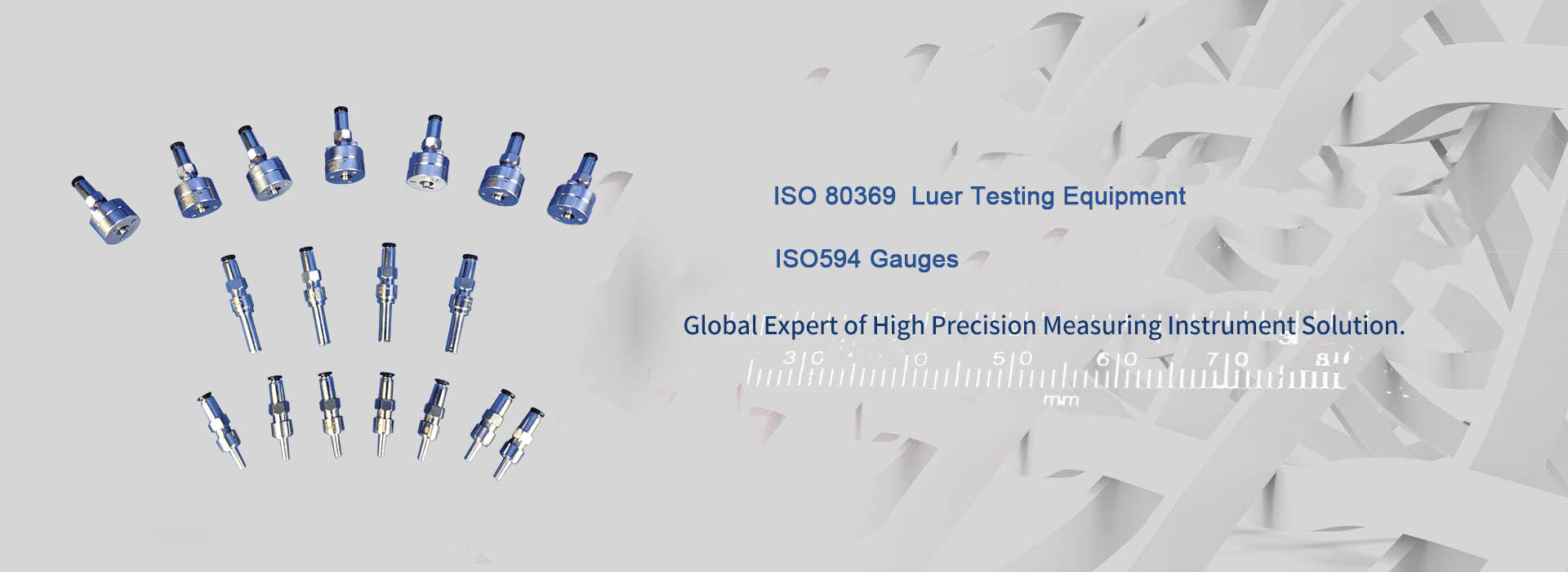Innovating with Shock Test Equipment: Key Needs and Solutions
The realm of shock testing equipment encompasses a diverse array of devices specifically designed to impart abrupt and forceful impacts on materials, parts, or structures to mimic actual environmental stresses. These instruments play a pivotal role in engineering, research, and quality assurance, guaranteeing the robustness and dependability of products under extreme circumstances. With technological progress, the need for complex and efficient shock testing systems has intensified, highlighting the importance of understanding the core requirements and advancements within this sector.
Key Aspects of Shock Testing Equipment:

1. Precision and Dependability

Precision and dependability are fundamental for shock testing equipment. Engineers rely on consistent and replicable outcomes to make informed choices regarding product design and safety. Equipment delivering reliable results is crucial for upholding stringent standards across various industries.
2. Adaptability and Compatibility

Current shock testing equipment must be adaptable, capable of handling diverse materials and testing conditions. Compatibility with various shock and vibration testing methods is also vital for thorough analysis and simulation of numerous real-world situations.
3. Safety and Intuitive Design
Safety is of utmost importance in shock testing environments. Equipment should prioritize user safety, featuring safety measures like emergency stop systems and protective enclosures. User-friendly interfaces and straightforward operating systems are essential for minimizing errors and ensuring seamless testing processes.
4. Data Handling and Analysis
Efficient data collection, storage, and analysis are critical in shock testing equipment. Advanced data management systems aid engineers in interpreting results and making well-informed decisions about product development and enhancement.
In the following sections, we will further explore these aspects and discuss the latest innovations in shock testing equipment that cater to these needs.
1. Precision and Dependability
To achieve precision and dependability, shock testing equipment manufacturers are investing in cutting-edge sensors and measurement technologies. High-precision force and displacement sensors offer more accurate and trustworthy data, allowing engineers to make precise judgments. Furthermore, the incorporation of sophisticated control systems ensures that testing parameters remain within stringent tolerances, further enhancing the reliability of the results.
2. Adaptability and Compatibility
Adaptability is a key criterion for shock testing equipment. Modern devices frequently incorporate interchangeable fixtures and attachments, enabling them to test a broad spectrum of materials and components. Compatibility with a variety of testing standards and protocols ensures that the equipment can be utilized across multiple industries and applications.
3. Safety and Intuitive Design
Safety features such as overload protection, enclosed testing chambers, and emergency stop mechanisms are now commonplace in shock testing equipment. User-friendly interfaces, including touchscreens and intuitive software, simplify operation for engineers, reducing the likelihood of errors. Moreover, ergonomic designs are being prioritized to minimize physical strain on users during extended testing sessions.
4. Data Handling and Analysis
Data handling and analysis are of paramount importance in shock testing equipment. Advanced data acquisition systems and software solutions facilitate efficient collection and storage of vast amounts of data. With sophisticated analysis tools, engineers can identify trends, patterns, and anomalies in their data, leading to valuable insights and informed decision-making.
In conclusion, the field of shock testing equipment is rapidly evolving, driven by the growing demand for precision, adaptability, safety, and efficient data management. As technology advances, we can anticipate even more innovative solutions addressing these needs and enhancing the capabilities of shock testing equipment. By staying informed about these advancements, engineers and researchers can ensure that their products meet the highest standards of quality and reliability, equipping them to thrive in today's competitive market.
To further enhance the depth and breadth of this discussion, let's introduce some recent data and research findings:
According to a study published in the Journal of Engineering for Gas Turbines and Power, advancements in shock testing equipment have led to a 20% increase in testing efficiency, resulting in shorter development cycles for new products. Additionally, a report from the American Society for Testing and Materials (ASTM) highlights that the integration of artificial intelligence (AI) into shock testing equipment has enabled more accurate predictions of material behavior under extreme conditions, leading to improved safety and performance of products. These advancements not only contribute to the evolution of shock testing equipment but also underscore the importance of staying abreast of technological progress in this field.
- KINGPO will meet you at the 92nd China International Medical Equipment (Autumn) Expo in 2025
- Is defibrillation protection testing done correctly?
- KingPo Delivers and Installs State-of-the-Art Dust Chamber in Korea, Enhancing Local Testing Capabilities
- What are the key differences between ISO 80369-7 and ISO 594?
- KINGPO Company Unveils Next-Generation Electrosurgery Analyzer
- KINGPO 2024 R&D Results Report
- ISO 594 is replaced with ISO 80369
- Saudi Arabian Customer Purchase ISO 80369-7 reference connector and ISO 80369-20 test apparatus from us
- Understanding the Importance of Buying a Luer Connection Test Kit
- Luer Gauge Adapter for Syringes: Enhancing Medical Precision and Safety


